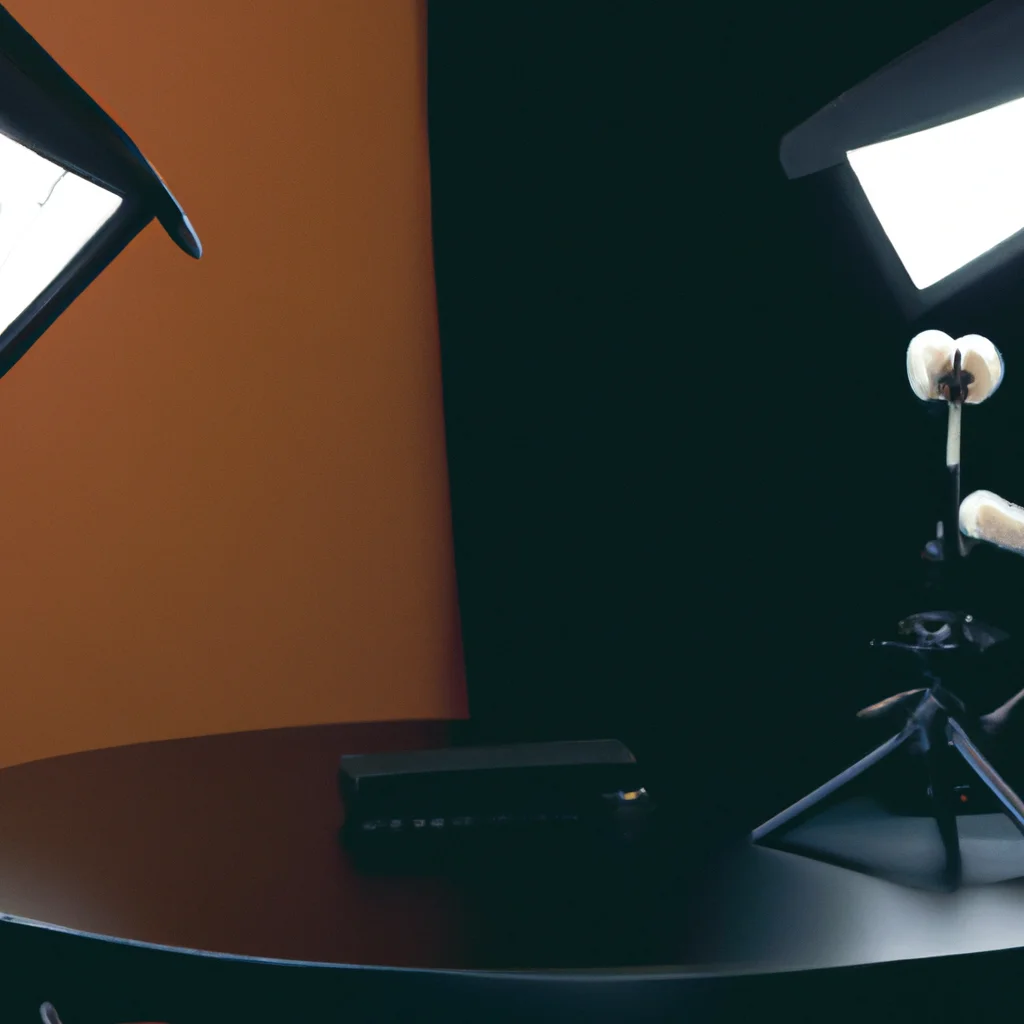What are the processes involved in creating stop-motion animation?


What are the processes involved in creating stop-motion animation?
Stop-motion animation is an animation technique that involves manipulating physical objects frame-by-frame to create the illusion of motion. This animation technique has been used in many films, television shows, and commercials, including the iconic Rudolph the Red-Nosed Reindeer television special. Stop-motion animation has been around for over a century and continues to be a popular animation technique to this day. In this article, we will explore the processes involved in creating stop-motion animation, including the equipment needed, the stop-motion process, and the software and techniques used in stop-motion filmmaking.
Equipment Needed for Stop-Motion Animation:
The equipment needed for stop-motion animation is relatively simple. You will need a camera, a tripod, and a set of lights. You can use any camera, including a smartphone camera, but it’s essential to have a camera that can be attached to a tripod. A tripod is necessary to keep the camera steady and ensure that the shots are consistent. Lights are necessary to provide even lighting and prevent flickering.
Stop-Motion Process:
The stop-motion process involves taking a series of photographs of a physical object and then playing them back in sequence to create the illusion of motion. The process can be broken down into the following steps:
1. Concept and Storyboard: The first step in creating stop-motion animation is to develop a concept and storyboard. This will help you plan out the shots and ensure that the story flows seamlessly.
2. Set Design: Once you have a storyboard, it’s time to create the set. The set can be made from a variety of materials, including cardboard, foam, and paper. It’s essential to ensure that the set is sturdy and can withstand manipulation.
3. Character Design: The next step is to design the characters. Characters can be made from clay, plasticine, or any other material that can be manipulated.
4. Animation: Once the set and characters are ready, it’s time to start animating. This involves taking a photograph of the character in one position, then moving the character slightly and taking another photograph. This process is repeated until the desired motion is achieved.
5. Post-Production: After the animation is complete, it’s time to edit the footage. This involves selecting the best shots, adding sound effects and music, and exporting the final product.
Stop-Motion Techniques:
There are several stop-motion techniques that filmmakers can use to achieve different effects. Some of these techniques include:
1. Replacement Animation: This technique involves creating multiple versions of a character or object and swapping them out between shots to create the illusion of movement.
2. Cut-Out Animation: Cut-out animation involves cutting out shapes from paper or cardboard and manipulating them frame-by-frame.
3. Pixelation: Pixelation involves using real people as stop-motion characters, creating the illusion that they are animated.
Stop-Motion Software:
There are several stop-motion animation software programs available, including Dragonframe, Stop Motion Pro, and iStopMotion. These programs allow animators to capture and edit stop-motion footage, add sound effects and music, and export the final product.
Stop-Motion Tutorials:
There are several resources available online for learning how to create stop-motion animation. YouTube is an excellent resource for finding stop-motion animation tutorials, including tutorials on set design, character design, and animation techniques. The Stop Motion Handbook by David Pagano and Stop Motion Animation: How to Make and Share Creative Videos by Melvyn Ternan are excellent resources for learning how to create stop-motion animation.
Stop-Motion Filmmaking:
Stop-motion filmmaking is a unique and challenging art form that requires patience, persistence, and creativity. With the right equipment, software, and techniques, it’s possible to create stunning stop-motion animation that captivates audiences. Whether you’re a beginner or an experienced filmmaker, stop-motion animation is a fascinating and rewarding animation technique to explore.
Conclusion:
Stop-motion animation is a timeless animation technique that has been used for over a century. The stop-motion process involves taking a series of photographs of a physical object and then playing them back in sequence to create the illusion of motion. With the right equipment, software, and techniques, it’s possible to create stunning stop-motion animation that captivates audiences. Whether you’re a beginner or an experienced filmmaker, stop-motion animation is a fascinating and rewarding animation technique to explore.
Recent Posts
How do I create an engaging and informative online quiz or assessment?
Creating an engaging and informative online quiz or assessment can be a powerful tool for… Read More
What are the most effective methods for managing and reducing work-related stress in the hospitality industry?
Work-related stress is a common issue in the hospitality industry, where employees often face long… Read More
How can I improve my assertiveness and communication skills in a leadership position?
In a leadership position, assertiveness and effective communication skills are crucial for success. Being able… Read More
What are the key elements of a successful employee recognition and rewards program?
Employee recognition and rewards programs play a crucial role in motivating and engaging employees, as… Read More
How do I effectively manage and respond to customer feedback and reviews?
Customer feedback and online reviews play a crucial role in shaping a company's reputation and… Read More
What are the best strategies for effective time management as a stay-at-home parent?
Effective time management is crucial for stay-at-home parents who juggle multiple responsibilities on a daily… Read More